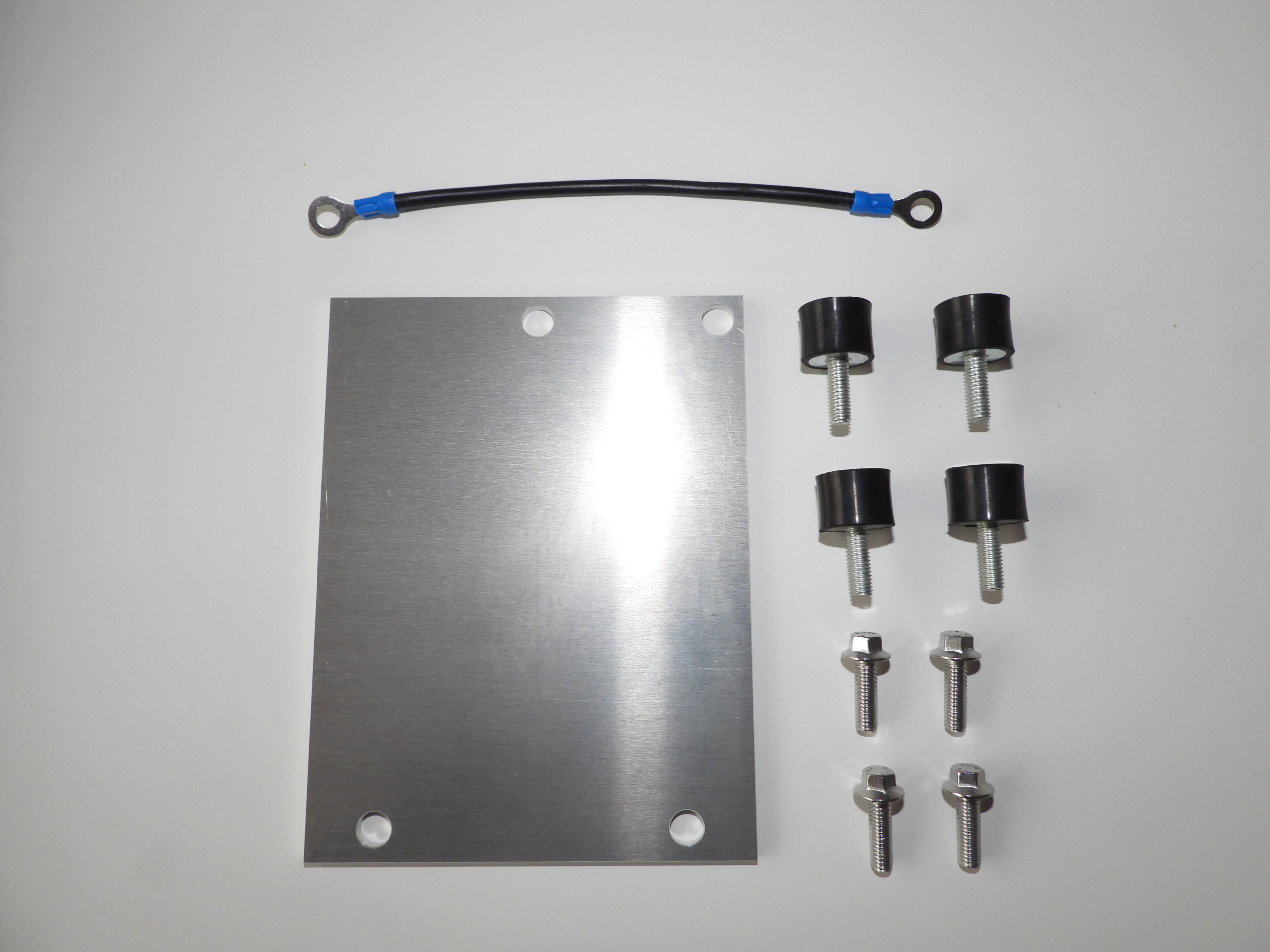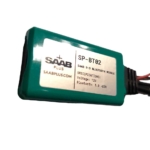Description
The T8 ECU (engine control unit) in the Saab 9-3 is plagued by several issues, many of which can be traced back to its placement. This position causes the ECU to overheat. The integrated circuit chips in these T8 ECUs can typically withstand temperatures up to 125°C, with some chips shutting down around 100°C. Due to the ECU’s location and warm weather conditions, it often reaches these critical temperatures, sometimes just a few degrees shy of the limit. This leads to various frustrating fault codes, such as P0606, P0601, and sometimes P0201, P0202, P0203, P0204, P0245, and P0246.
The ECU heat shield plays a crucial role in extending the lifespan of the ECU. It helps keep the ECU’s temperature close to the outside air temperature while driving, even on warm days. During idle or in traffic, when airflow is minimal, the heat shield becomes even more valuable, keeping the ECU cooler for longer periods. On average, a heat shield can reduce the ECU’s temperature by 20 to 25 degrees Celsius compared to not having one.
This significant temperature difference is especially important when the car is stationary or idling, as there is no airflow to cool the ECU. The heat shield ensures that the ECU stays cooler, preventing overheating and improving the overall reliability of the car’s engine management system. With a heat shield in place, the ECU remains in better condition for a longer time, allowing you to enjoy your Saab without the worry of overheating yourECU and error codes.
A well-installed heat shield can, therefore, be a simple yet effective solution to a common problem. If you’re experiencing this issue yourself, it’s definitely worth considering as a preventive measure to improve the reliability of your ECU and your vehicle as a whole.





